Let’s see how you did! If you didn’t get a few of these, don’t let it stress you out – it just means you need to play with more experiments in this area. We’re all works in progress, and we have our entire lifetime to puzzle together the mysteries of the universe!
Here’s printer-friendly versions of the exercises and answers for you to print out: Simply click here for printable questions and answers.
1. Light can change speed The word “LASER” stands for Light Amplification by Stimulated Emission of Radiation.
2. Light from a regular incandescent light bulb covers the entire spectrum as well as scatters all over the room. A laser beam is monochromatic – the light that shoots out is usually one wavelength and color, and is in a narrow beam.
3. Glass (like a window pane) and clear plastic (like a water bottle).
4. Take it in a steamy room, like just after a hot shower. Or aim it through a glass of water that has a drop of milk in it.
5. The laser beam hits a spinning mirror that’s off-center. The more angled the mirror mount, the larger the image that the laser traces out. Which is why this is a perfect project for kids – the sloppier they build it, the better the laser light show.
6. High-power CO2 lasers have an intense amount of heat that melts through metal. These aren’t the lasers we’re going to be working with! The lasers at the grocery store are Class I lasers, which will harm your eye if you stare into it without blinking once for at least 15 minutes. These ‘keychain’ lasers are Class II & III, some of which can overpower your retina in less than a minute, and the damage is irreversible. When I work with kids in a live Laser Lab class, I have a zero-tolerance rule (which is explained beforehand): if misused, I just walk over, take the laser without a word, and keep it. Class proceeds as normal, and it’s up to the kid to figure out how to finish the project.



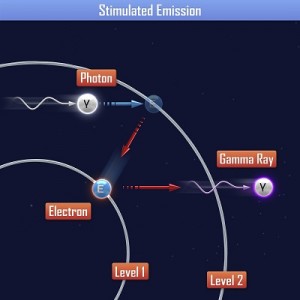 Have you ever wondered why you just can’t just shine a flashlight through a lens and call it a laser? It’s because of the way a laser generates light in the first place.
Have you ever wondered why you just can’t just shine a flashlight through a lens and call it a laser? It’s because of the way a laser generates light in the first place.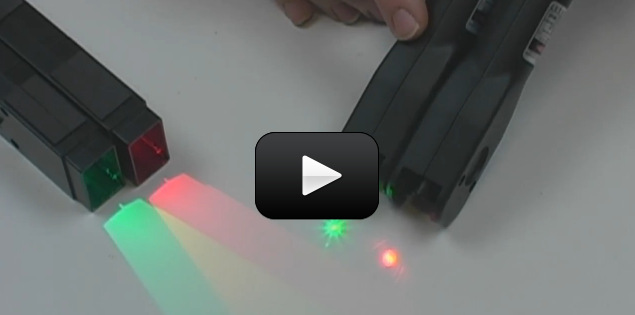
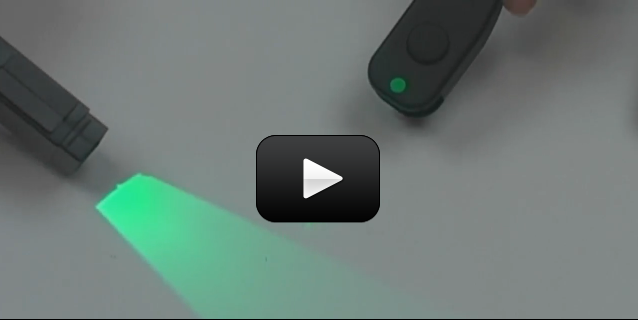
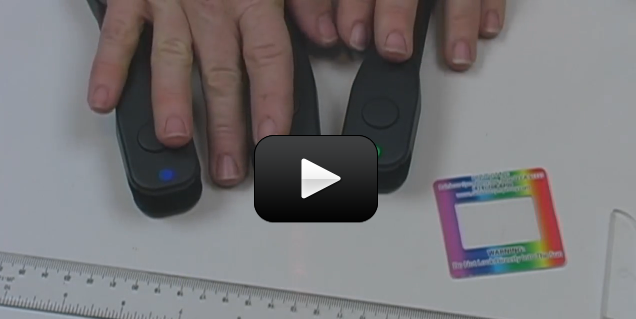
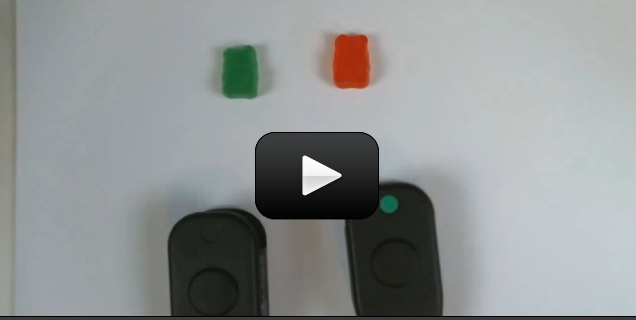
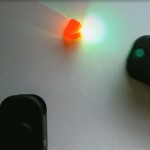 Gummy bears are a great way to bust one of the common misconceptions about light reflection. The misconception is this: most students think that color is a property of matter, for example if I place shiny red apple of a sheet of paper in the sun, you’ll see a red glow on the paper around the apple.
Gummy bears are a great way to bust one of the common misconceptions about light reflection. The misconception is this: most students think that color is a property of matter, for example if I place shiny red apple of a sheet of paper in the sun, you’ll see a red glow on the paper around the apple.

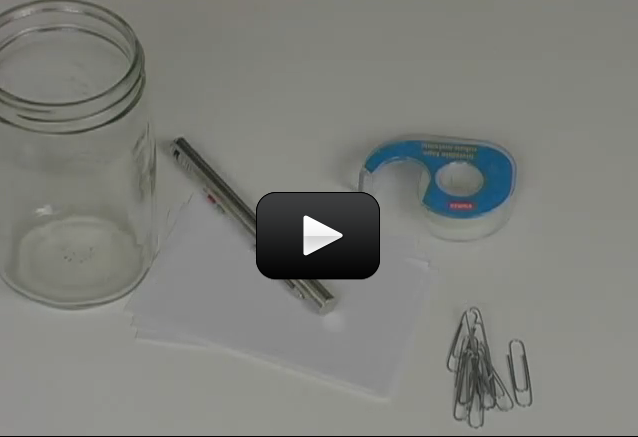

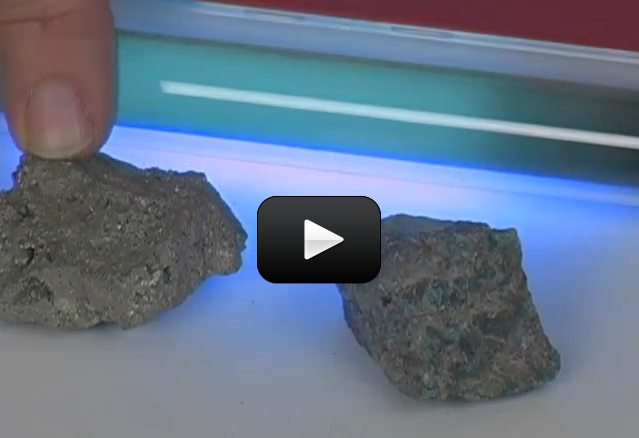

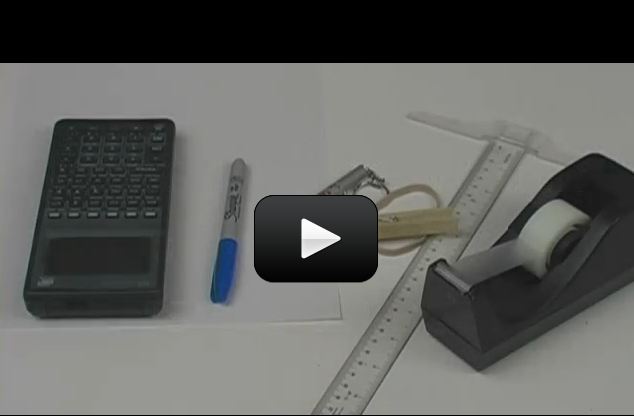


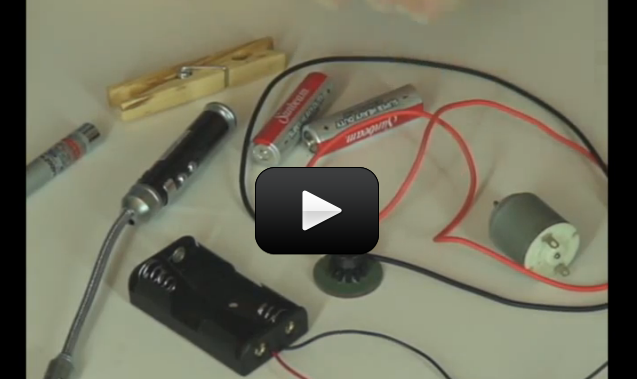
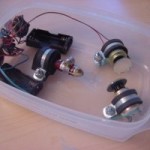 What happens when you shine a laser beam onto a spinning mirror? In the
What happens when you shine a laser beam onto a spinning mirror? In the 
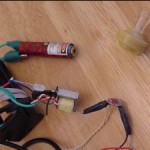 This experiment is for advanced students.Did you know that when you talk inside a house, the windows vibrate very slightly from your voice? If you stand outside the house and aim a laser beam at the window, you can pick up the vibrations in the window and actually hear the conversation inside the house.
This experiment is for advanced students.Did you know that when you talk inside a house, the windows vibrate very slightly from your voice? If you stand outside the house and aim a laser beam at the window, you can pick up the vibrations in the window and actually hear the conversation inside the house.